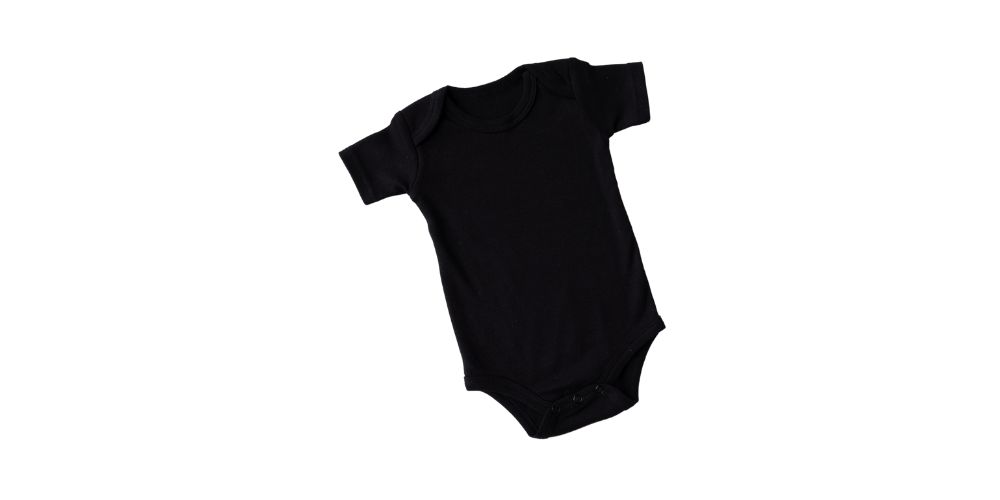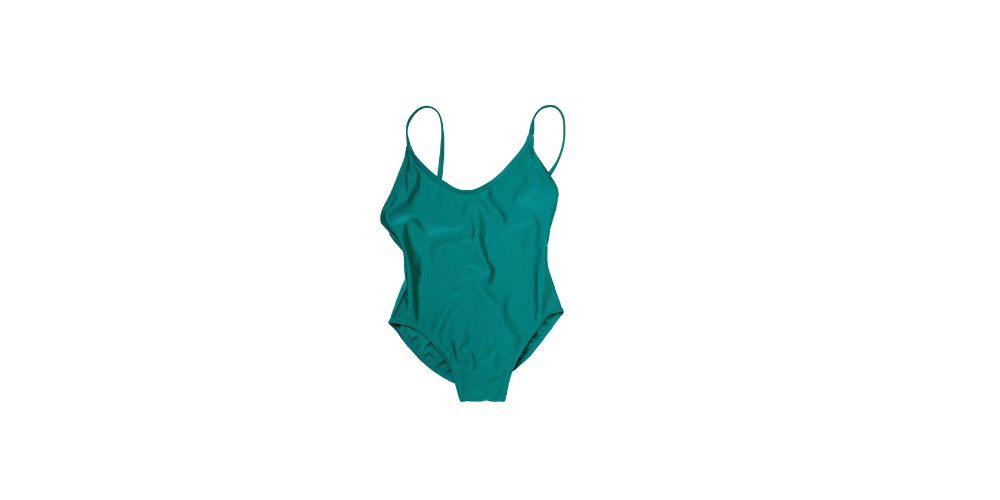
In the world of fashion, numerous clothing items may seem similar at first glance but serve different purposes and have unique features.
Two such garments that often cause confusion are bodysuits and swimsuits. While they may share some similarities, they are distinct in their design, functionality, and usage.
The main difference between a bodysuit and a swimsuit is that a bodysuit is typically designed as an outfit worn for everyday fashion or athletic purposes, while a swimsuit is specifically designed for water activities and swimming.
In this article, we will explore the key differences between bodysuits and swimsuits, shedding light on their individual characteristics and helping you understand when to wear each one.
What Is a Bodysuit?

A bodysuit is a form-fitting one-piece garment that covers the torso and extends down to the crotch area. It is typically made of stretchy materials such as cotton, spandex, or a combination of both.
Bodysuits come in various styles, including sleeveless, short-sleeved, and long-sleeved options, allowing for versatility in different seasons and occasions.
What Is a Swimsuit?

A swimsuit, also known as a bathing suit or swimwear, is specifically designed for activities involving water, such as swimming, sunbathing, or engaging in water sports.
Swimsuits are typically made of materials that can withstand exposure to chlorine, saltwater, and UV rays. They come in various styles and designs to cater to different body types and personal preferences.
6 Key Differences Between a Bodysuit and A Swimsuit?
Here are the key differences between a bodysuit and a swimsuit:
1. Design and Purpose
A bodysuit is designed as a one-piece garment to be worn as a top, often paired with pants or skirts, and is intended for everyday wear or as a fashion statement. A swimsuit, on the other hand, is specifically designed for water activities and swimming.
2. Fabric
Bodysuits are typically made from a variety of fabrics such as cotton, spandex, or synthetic blends to provide comfort and flexibility for regular use. Swimsuits, however, are made from specialized materials like nylon, polyester, or spandex blends that are designed to withstand water exposure, resist fading, and provide proper support in wet conditions.
3. Lining and Support
Swimsuits usually have additional features like built-in bras, padding, or underwire for support and modesty when wet. Bodysuits, primarily worn as fashion items, may not have the same support or lining.
4. Coverage
Bodysuits generally offer more coverage, with options ranging from long sleeves and high necklines to full-body coverage. On the other hand, swimsuits are typically more revealing and designed to allow for ease of movement in the water.
5. Styling and Details
Bodysuits often feature various styles, necklines, sleeve lengths, patterns, and embellishments to cater to different fashion preferences. Swimsuits, while also available in different styles and patterns, prioritize functionality and may include features like adjustable straps, high-cut legs, or back closures for easy wear and movement in the water.
6. Care and Maintenance
Bodysuits can usually be machine washed and cared for similarly to other everyday clothing items. Due to their specialized materials and potential exposure to chlorine or saltwater, swimsuits often require more delicate care, such as rinsing after each use and avoiding machine drying to maintain their shape and longevity.
Can you Wear a Bodysuit as a Swimsuit?
Yes, you can wear a bodysuit as a swimsuit if you desire a unique and unconventional swimwear option. However, it’s important to consider a few factors. Bodysuits are primarily designed for everyday wear or athletic purposes, so they may not possess the same features and functionality as dedicated swimsuits.
When using a bodysuit as swimwear, you may experience certain challenges. The fabric of a bodysuit may not be optimized for water activities, resulting in discomfort when wet. It may also have a tendency to absorb water and become heavy, impeding your movement in the water.
The absence of specialized swimwear features like built-in bras or extra lining for support and modesty might also be a concern.
Despite these considerations, wearing a bodysuit as a swimsuit can be a creative and fashion-forward choice. If you’re confident in your styling abilities, bodysuits offer a range of unique designs, patterns, and necklines that can make a statement at the beach or pool. Paired with complementary swimwear accessories like cover-ups, hats, or sunglasses, a bodysuit-turned-swimsuit ensemble can exude personal style and individuality.
Can you Wear a Swimsuit as a Bodysuit?
It is generally not a good decisoon to wear a swimsuit as a bodysuit. Swimsuits are specifically designed for activities involving water, such as swimming, sunbathing, or engaging in water sports. They are typically made of materials that can withstand exposure to chlorine, saltwater, and UV rays.
Swimsuits often have specific features such as padding, linings, or special fabric treatments that make them suitable for water-related activities but may not provide the same level of comfort or practicality when worn as part of a regular outfit.
Also, the design elements of a swimsuit, such as deep necklines, open backs, or intricate strap configurations, may not align with the style or desired coverage for a bodysuit.
If you’re looking for a bodysuit to wear as part of a regular outfit, it’s best to choose a garment specifically designed for that purpose. Bodysuits made from stretchy materials like cotton or spandex are more suitable for everyday wear, providing the comfort and versatility needed for different occasions.
FAQs: Difference Between Bodysuit and Swimsuit?
1. What is the point of a bodysuit?
The point of a bodysuit is to provide a sleek and streamlined look while offering convenience and versatility. Bodysuits are designed to fit snugly against the body, creating a seamless appearance when worn with bottoms such as skirts, jeans, or trousers.
2. Do you wear a bra with a bodysuit?
Some bodysuits come with built-in bras or built-in support, which eliminates the need for an additional bra. These types of bodysuits offer sufficient coverage and support for most individuals. However, if the bodysuit does not provide adequate support or if you prefer extra support or shaping, you can choose to wear a bra underneath.
3. Can bodysuits and swimsuits be altered for a better fit?
In most cases, bodysuits and swimsuits are not designed to be easily altered due to their construction and materials. However, some brands may offer customization options or provide guidance on alterations. It’s advisable to consult the brand’s website or customer service for specific information regarding alterations.
Final Words
While both bodysuits and swimsuits are one-piece garments, they serve distinct purposes in the world of fashion. Bodysuits are versatile clothing items that can be styled in various ways, offering a streamlined and polished appearance.
On the other hand, swimsuits are specifically designed for water-related activities, providing comfort, support, and style. By knowing the distinctions between these two clothes, you can choose wisely depending on the situation and what you like, making sure you feel self-assured and stylish no matter where you are.
